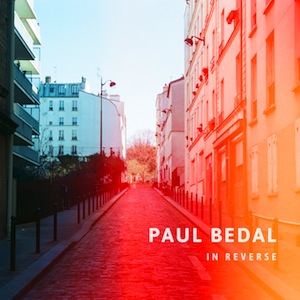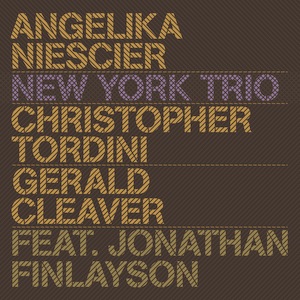Label: Blue Note Records, 2019
Personnel - Joel Ross: vibraphone; Immanuel Wilkins: alto saxophone; Jeremy Corren: piano; Benjamin Tiberio: electric bass; Jeremy Dutton: drums + guest Gretchen Parlato: vocals.
Chicago-born, Brooklyn-based Joel Ross is a young prodigy who assumes a special place in the current vibraphone pantheon, having collaborated as a sideman in projects led by James Francies, Marquis Hill, Makaya McCraven, and Walter Smith III. Revealing an impressive musical maturity at the age of 23, he roses to prominence with Kingmaker, his debut album recently released on the prestigious Blue Note imprint.
Ross penned ten of the 12 compositions on the album, drawing inspiration from people, relationships, and events, and dedicating many of them to members of his family. The title track, written for his mother, is one of the strongest as it spins with a contemporary edge both in harmony and rhythm. Before segueing into a final vamp populated by ostinatos, alto saxophonist Immanuel Wilkins boasts his flexible, angular vocabulary with a captivating tone, conjuring up the fervency of Ornette Coleman and the spirituality of Coltrane. Prior to the cited track (the seventh), he had already demonstrated for several times why he is considered one of the most brilliant young voices in jazz today, and the incredibly soulful opening number, “Touched By An Angel”, serves as another showcase for his improvisational prowess. While his unapologetic inside/outside elasticity stuns at every passage, the breathable bass inflations of Benjamin Tiberio cements marvelously with the downtempo flux of drummer Jeremy Dutton, who keeps impressing with tasteful rhythmic developments as the tune approaches the end. On his side, Ross shines in a quasi-celestial vibraphone intro and fascinating solo, and from then on, with an intelligent comping manufactured with prismatic voicings and rich textures.
Fomenting collective empathy in addition to impromptu bravura, “Prince Lynn’s Twin” and “With Whom Do You Learn Trust” are breezy yet firm post-bop encounters where Wilkins and Ross work very close to each other, whether delivering unisons or alternating bars. They embark on the latter action again on “The Grand Struggle Against Fear”, which is also a showcase for pianist Jeremy Corren’s classical-inflected leisure. On “Yana”, a piece marked by curious propulsive nuances, it’s the pianist's turn to take part in the trade-offs alongside the bandleader.
I was left to ask myself if “Is It Love That Inspires You” could be grounded on a samba rhythm. The wooziness created by the hit and recoil of Ross’ lines is enduring, and Dutton almost reaches that boiling swinging point in the instant he starts discoursing with no limitations. The versatile drummer brought one of his pieces to the album. Titled “Grey”, it finds the quintet probing a different ambiance, leaning on innocuous abstraction and dreamy obscurity before opening the horizons. “Fredas Disposition”, written by Ross with lyrics by Bianca Muñiz, features guest vocalist Gretchen Parlato.
Worshipers of fresh and edgy pulsations, Ross and his co-workers use their skills to stitch together a coherent musical narration that expresses a significant dimension within a proper structure. It’s always encouraging when a young talent starts off his career on the right foot.
Grade A-
Favorite Tracks:
01 - Touched By An Angel ► 05 - Is It Love That Inspires You ► 07 - Kingmaker








































